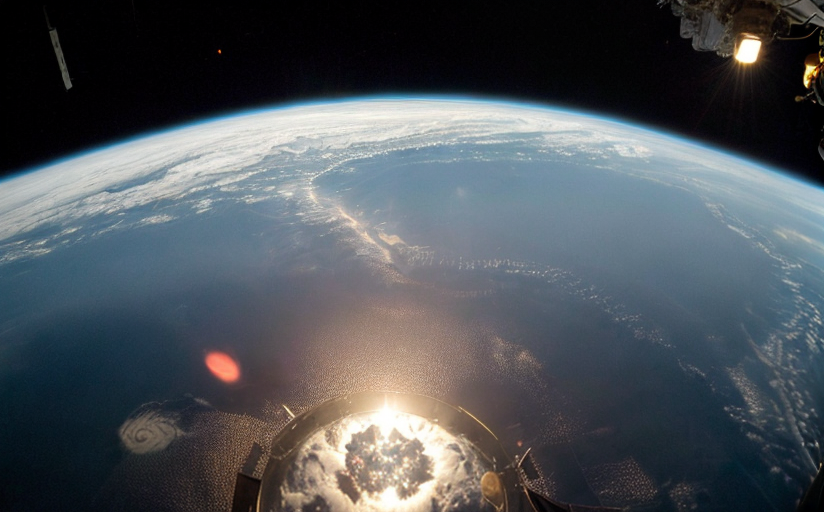Exploring the Fascinating World of Space Cuisine
Space explorations have led to countless complications and conundrums. In the midst of overcoming the challenges of physics and engineering lies a themed query, What does an astronaut eat while he drifts through space? This question has given rise to the fascinating world of space cuisine—a culinary innovation that has largely influenced our everyday meals on planet Earth.
Understanding the Astronaut's Dietary Needs
Astronauts have a highly regulated diet to cope with the stresses that space travel puts on the human body. Their diet must adequately provide for their nutritional needs, provide enough energy to fulfill their physical requirements, strengthens their immune system, and be easily ingested and digested under zero gravity conditions.
Creating Space-Safe and Sustainable Food
The idea of creating food safe for space consumption involves unique processes. Freeze-drying is a common technique, where water is removed from the food to significantly reduce its weight and increase its shelf life. When prepared for consumption, water is added back into the food. Yet, even the water used is carefully regulated to ensure it does not provide any adverse effects on the astronaut's health or the functionalities of the spacecraft.
Innovations Required for Space Cuisine
Creating edible and nutritious food for space isn't a simple task—it has required numerous innovations over the years. A crucial realization in space food technology was individual packaging. Meals are often vacuum-sealed to prevent any escape of particles. Additionally, NASA nutritionists are developing advanced food technologies that can withstand five-year missions, far longer than anything previously attempted.
Space Food's Impact on Earth
The principles behind preparing food for space have been brought back to earth and have influenced common food preparation techniques and commercial products.
Key Examples of Space-Inspired Foods
One familiar space-inspired product is Tang, an orange-flavored drink developed in the 1950s, which was popularized by NASA during numerous Gemini flights. Another notable product is freeze-dried ice cream, often found in science museums and specialty stores.
More contemporary examples include meal replacement drinks and energy bars, originally designed to sustain astronauts during extended missions, but now found in nearly every grocery store for the on-the-go consumer.
The Cultural Impact of Space Food
Space food has evolved from purely functional and unappetizing meals to something astronauts look forward to enjoying. Today, food engineers consider the cultural and personal preferences of astronauts when designing menus. This shift has shown the acceptance and evolution of attitudes towards space food. Indeed, space cuisine has given us a glimpse of the future, provided solutions to sustainability, and revolutionized the world of processed food.



















Comments
Leave a Comment